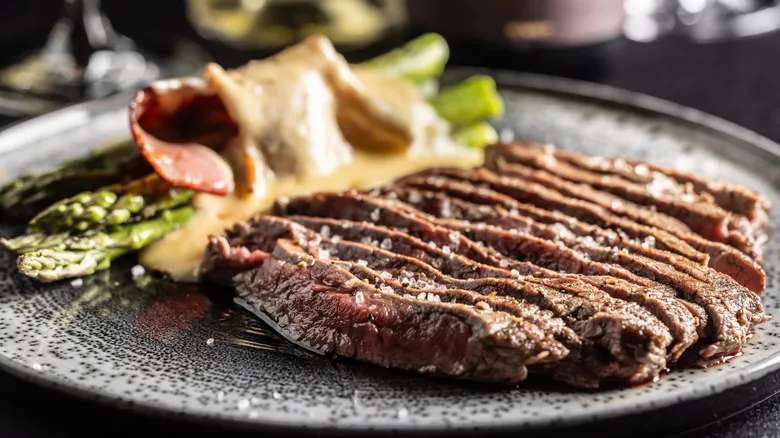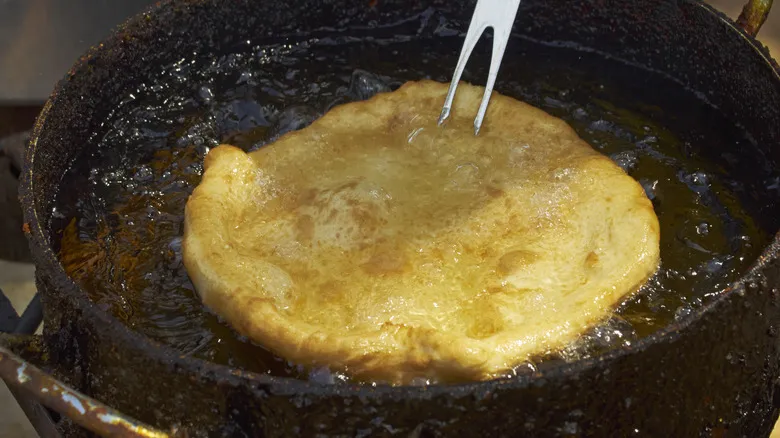Lakota diet then and now

The Sioux nation, which includes the Lakota tribe, once occupied the entire expanse of the Great Plains, and their diet was shaped by the surrounding environment. They gathered seeds, nuts, berries, roots, and greens, and cultivated or traded crops such as corn, beans, and squash. Bison, a staple on Watecha Bowl's menu, has historically been, and continues to be, a vital source of protein for Native Americans. While bison were once hunted in the wild, over-hunting has led to them being farmed for food today, although many are still permitted to roam and graze freely.
Another significant dish at Watecha Bowl is frybread, which has more contemporary origins. This survival food emerged in the 1860s when the Navajo were forcibly relocated from Arizona to New Mexico. The limited food rations provided by the U.S. government during this relocation included flour, sugar, and lard, which the Navajo people used to create frybread. This dish remains popular among many tribes today and symbolizes resilience, with recipes being handed down through generations.
If you come across a Native American restaurant, consider yourself fortunate, as there are few operating in the United States today. Some establishments, like Owamni in Minneapolis, Minnesota, adopt a "decolonized diet" approach, focusing on ingredients that were present before European contact. Others, such as Watecha Bowl, showcase native ingredients while blending in mainstream elements or creating fusions with other culinary traditions.
Recommended

London Broil Steak Wasn't Even Invented In England

How A Post-War Economic Boom Made Tuna Casserole An American Staple

What Food Did Marlon Brando Eat?

Whatever Happened To Dunkaroos?
Next up

